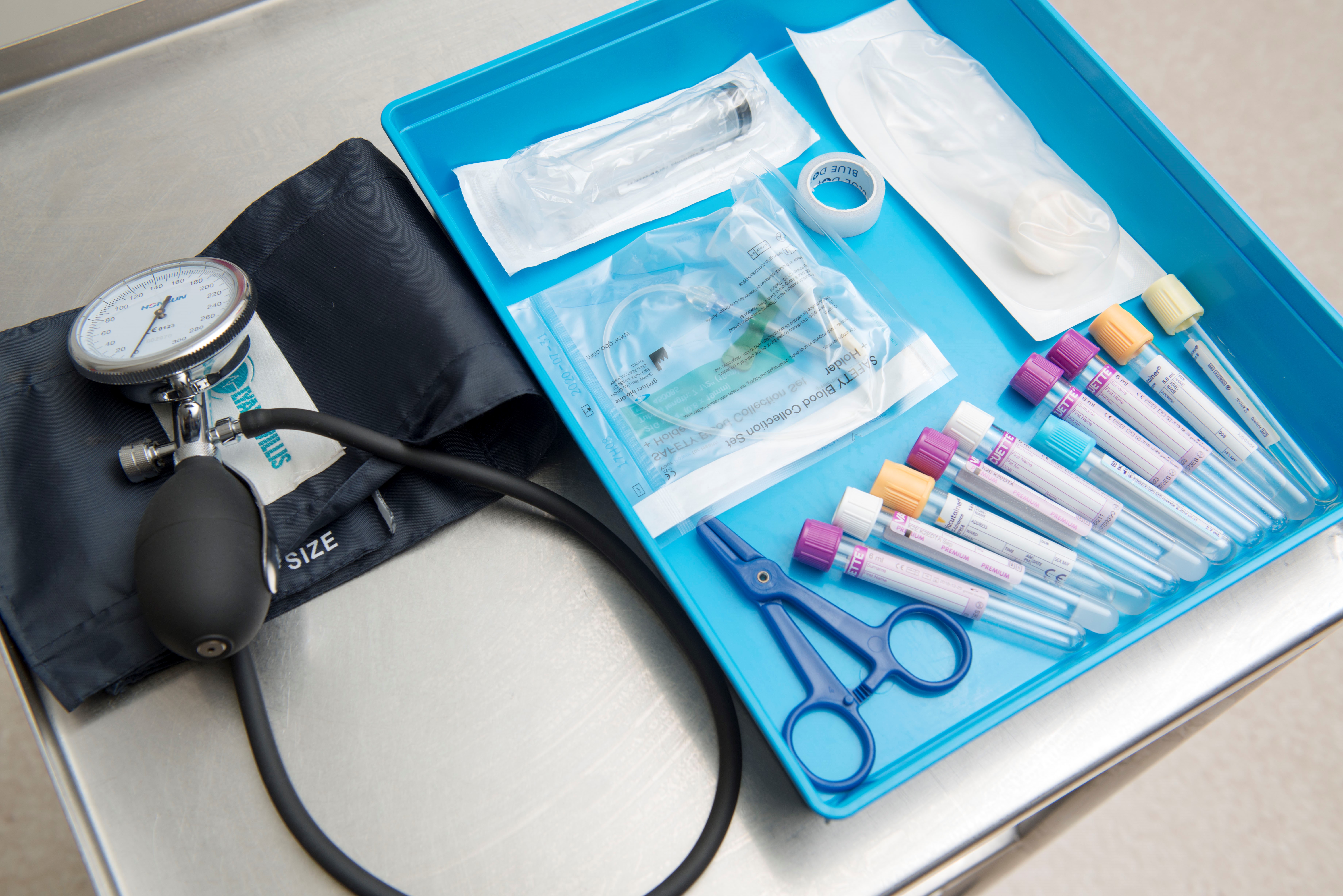Donating stem cells
Stem cells from blood
The first, and most frequently used method, is to donate stem cells from circulating blood.
For the four days preceding the donation a nurse will visit you at home or work to inject you with a drug which vastly increases the number of stem cells in your circulating blood.
On the fifth day, you will be connected to a cell-separator machine, without the need for a general anaesthetic. The machine collects the stem cells from your blood via a vein in one arm, returning the blood to your body through a vein in your other arm. If you are already a platelet donor you will be familiar with this type of machine.
Occasionally you may be asked back on the sixth day for a further donation if the dose of cells obtained is not sufficient.

Stem cells from bone marrow
The second method is donation of bone marrow itself, which involves the removal of stem cells from your hip bones.
This is done using a needle and syringe under a general anaesthetic in a hospital. As there may be some discomfort where the needle has been inserted, you will need to stay in hospital for up to 48 hours and have a period of recovery at home of up to five days.
Stem cell donations are given in hospitals or at a clinic and you can bring someone with you for support.
After your donation
For the first month following your donation you will be contacted regularly to ensure you do not experience any adverse reactions.
If you need to take time off work for the procedure you will be entitled to reimbursement of expenses. These details will be covered in your medical interview when the procedures are explained.
Risks
Stem cell donation is very safe. However, no medical procedure is entirely without risk.
Both forms of stem cell collection may involve some temporary discomfort in your bones and any small risks involved will be fully explained before you donate.
Information about patients
The identity and location of both the donor and the patient must remain confidential.
All you will know is that you are performing a very valuable and life-saving procedure for a person who is in need.
